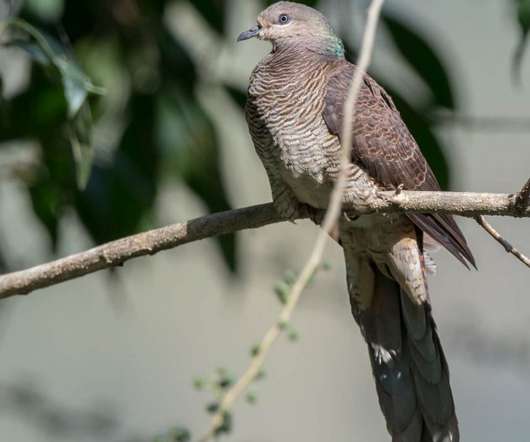Birding Hongbenghe, Yunnan
10,000 Birds
JUNE 23, 2022
Hongbenghe is a very small village in Yunnan, right next to the border with Myanmar. The Blue Whistling Thrush is presumably named for its loud human-like whistling, and possibly for being blue. One road simply ends here, giving the place a real end-of-the-world feeling. The White-cheeked Partridge is classified as Near Threatened.












Let's personalize your content